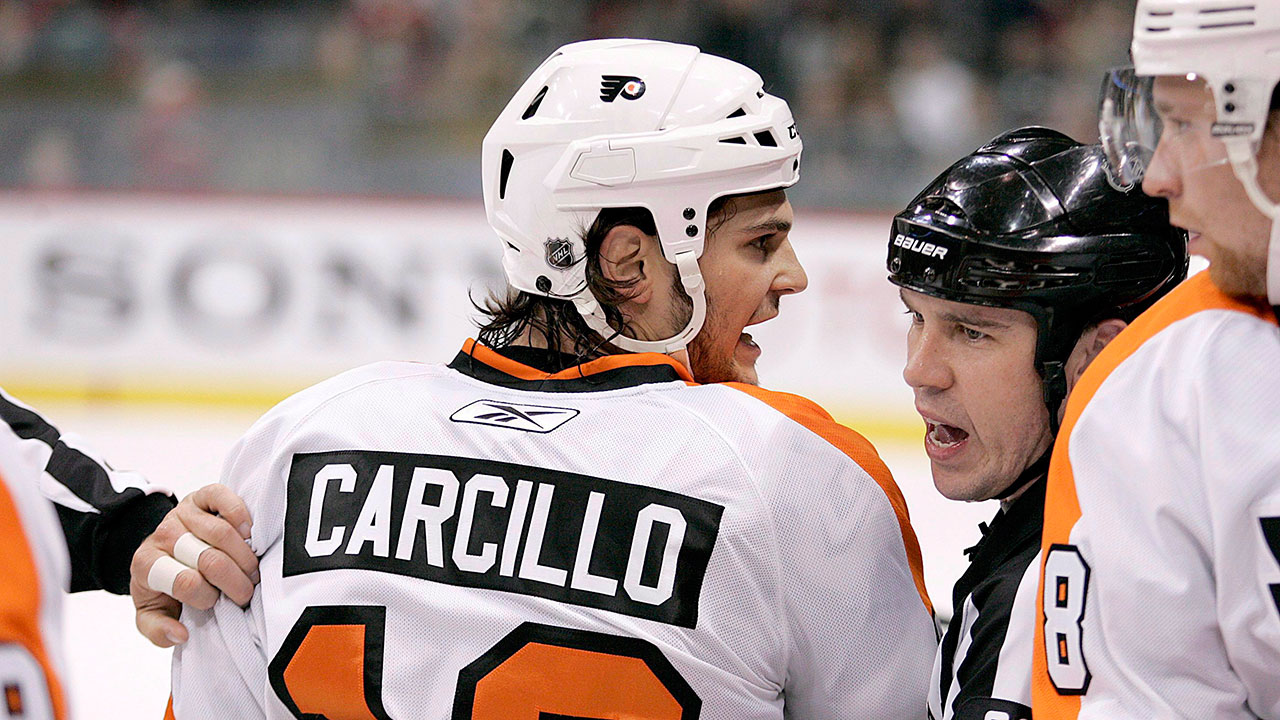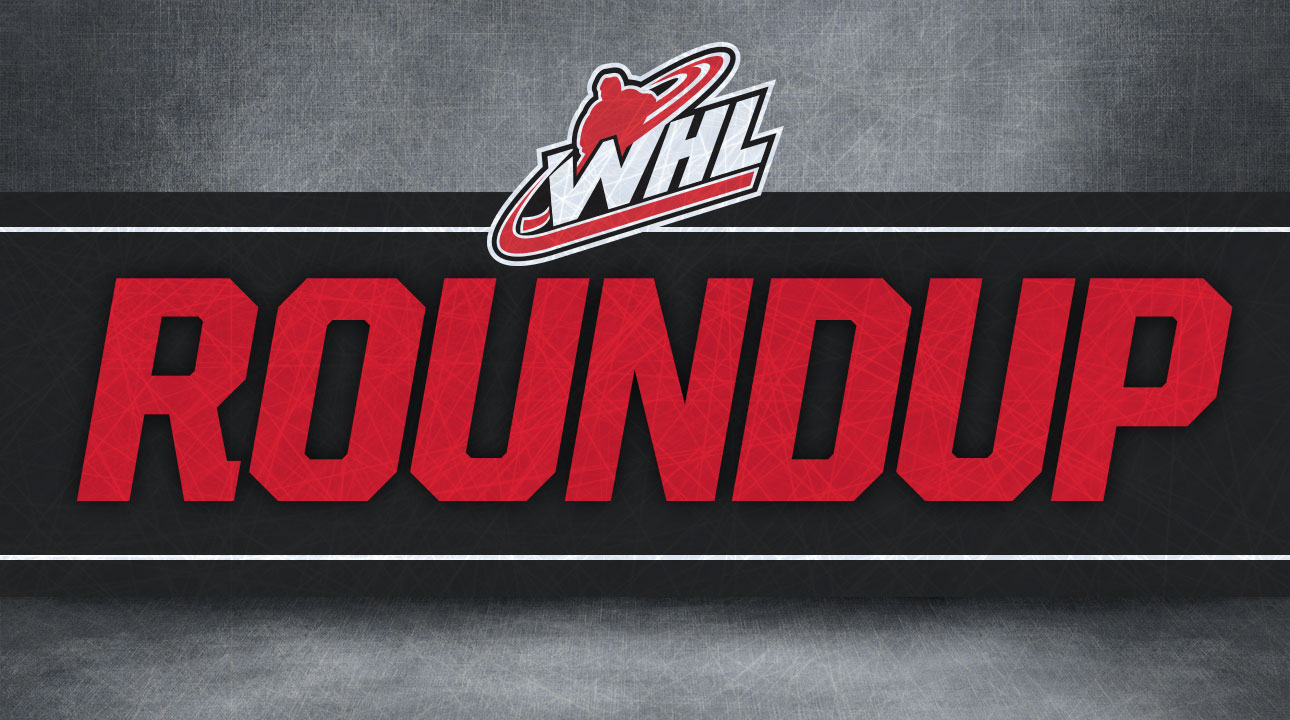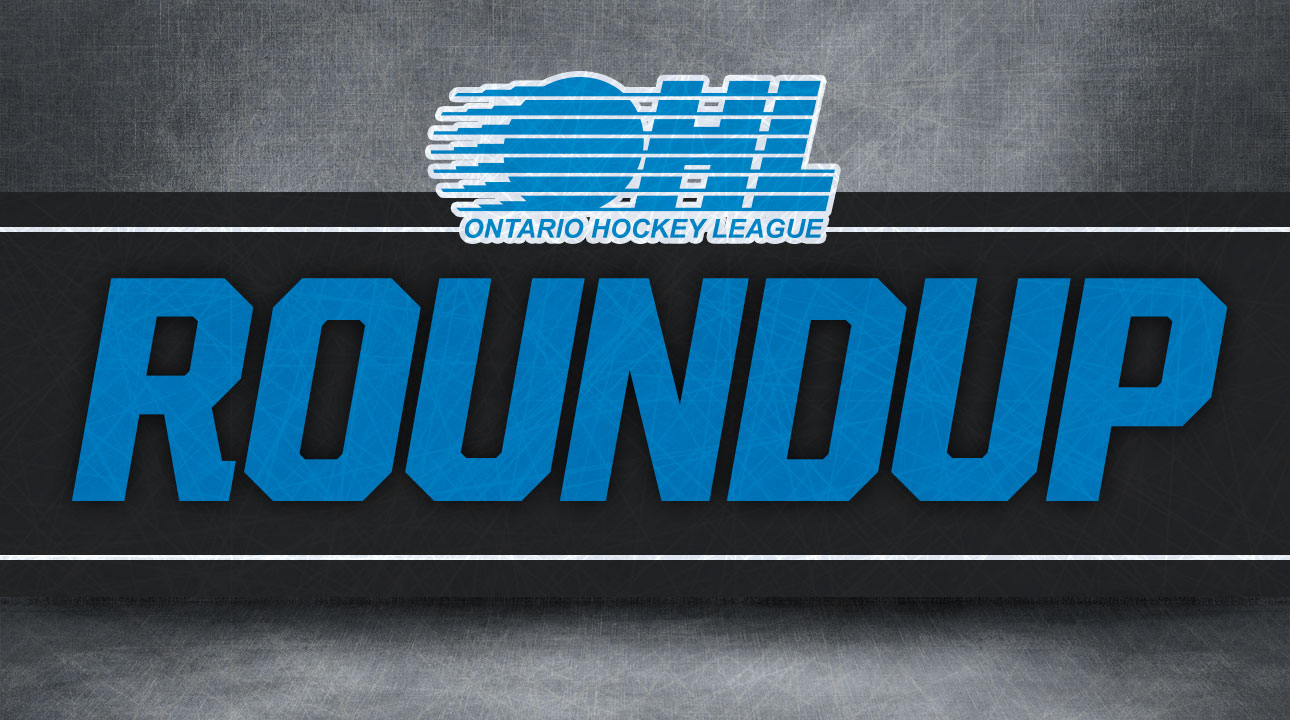On June 18, a statement of claim was issued against the three leagues that comprise the Canadian Hockey League, the CHL itself and the 60 teams that compete under the CHL banner.
The statement of claim was filed on behalf of the representative plaintiffs, Dan Carcillo and Garrett Taylor. Carcillo was a member of the Ontario Hockey League’s Sarnia Sting in 2002-03 and Taylor played for the Alberta-based Lethbridge Hurricanes in the Western Hockey League in 2008-09. The statement of claim alleges disturbing acts related to hazing and bullying, including sexual, physical and mental abuse.
None of the allegations have been proven in court.
[relatedlinks]
In the aftermath of the filing, three people who were also members of the 2002-03 Sting with Carcillo have spoken publicly to corroborate the claims. Dan Fritsche, Ryan Munce and David Pszenyczny have all told their stories of alleged abuse to Ken Campbell of The Hockey News or The Athletic’s Aaron Portzline. A fourth person, Brad Hammett, has come forward and detailed a similar story of purported abuse to Rick Westhead of TSN. Hammett played for the Montana-based Billings Bighorns of the WHL in 1981-82.
On Friday, the CHL released a statement indicating it would be forming an independent review panel to “thoroughly review the current policies and practices in our leagues that relate to hazing, abuse, harassment and bullying and the allegation that players do not feel comfortable reporting behaviours that contravene these policies.”
We are at the start of a civil action that figures to play out over the course of the coming months and years, especially given there are four leagues and 60 teams listed on the statement of claim. “You’ve got so many defendants in this lawsuit, it’s going to be like herding cats,” said Chris Blom, a civil litigation lawyer and partner with the Toronto-based firm Miller Thomson LLP (which is not involved in the case).
Blom helped address a handful of things people should know or gain a greater understanding of related to this case.
• The various defendants will deliver what is known as a ‘notice of intent to defend’ to identify the lawyers acting for each of them. A case management judge will likely be appointed to deal with the procedural issues throughout the action.
Once that happens, the next big step will be a motion for the certification of the action under a law known as the Class Proceedings Act of Ontario. The plaintiffs must convince the judge hearing the motion that they have what is known as a ‘cause of action’ or a right to make the claims they have made in the statement of claim. They must also convince the judge that the claims of the class members or the defences raise common issues, and that a class proceeding would be the preferable procedure for the resolution of those common issues.
• If the action is certified as a class action, each person who falls within the class — identified in the claim as “all former and current players who play or played in any of the Leagues (sic) while under the age of 18” — will automatically become part of the class. That’s important to establish because, as other players not listed as plaintiffs on the statement have come forward to tell their stories in recent days — either publicly or to the plaintiffs’ lawyers — people often ask if they will be joining the class. If they were under 18 and played in the CHL, they’re automatically included once it’s certified.
Once a class action certification order is issued, it has to be published in the media so that all persons who fit the definition of the class are aware of the action. “Everybody who falls within the class defined in the order will be embraced by the claim,” Blom explained. “But those who wish to opt out can opt out. They can bring their own claim or just not be part of it.”
While the plaintiffs will push toward certification as quickly as possible, it could take upwards of a year to determine that outcome — especially given all the parties involved on the defence side. “If you only had one plaintiff and one defendant in a class action, you could do it in six months,” Blom said.
COVID-19 may add some further delay. Though these cases can be settled between the parties at any time, do not expect that here.
• No individual defendants are listed in the statement of claim. Though it says “coaches and team officials were aware of the Abuse (sic) and participated in it,” it’s worth noting that no individual is being directly sued. The plaintiffs’ accusations are aimed at the larger institutions of the teams and leagues — the broader major junior hockey culture, if you will — not individuals.
• There’s a tendency to look at accusations levelled in actions arising from events that took place 18 years ago in the case of Carcillo and 12 years ago in the case of Taylor and be dismissive of them because of some sense that societal norms were different then. Blom explained the argument, for lack of a better way of putting it, that “things were different then” does not persuade, especially in jury trials. What is seen as abuse now, was likely seen as abuse then.
The trial is likely to be heard by a judge alone, and not a jury, because of the size of the case, the number of parties and the complexities involved.
• If a judge ultimately finds liability on the part of the teams or leagues, the next issue will be monetary damages. “The big fight might be over things like, [Player X] was going to get to the NHL but he didn’t because he was abused,” says Blom. “That’s a big difference from a claim that says he would have been a teacher. Judges look upon it as the loss of a chance [and] there’s a whole series of cases that lay out how you look upon it as a loss of a chance.”
That fight, if it happens at all, is likely years away, and is just one of the many issues that will come into play over the long arc of this dispute.








